Which upcoming phones will use the Qualcomm Snapdragon 8 Gen 2?
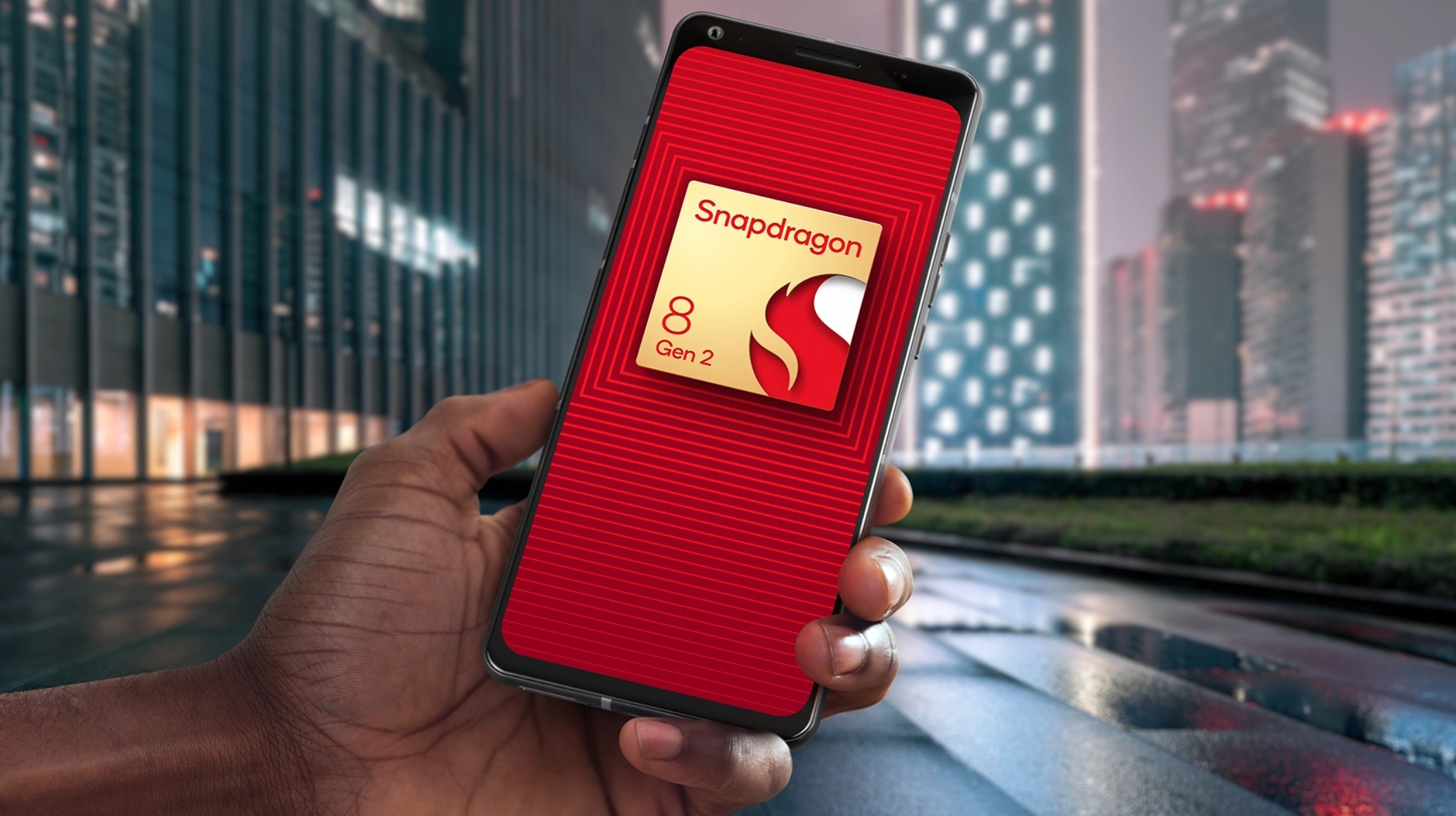
Qualcomm's Snapdragon Summit is one of the last big events in the mobile calendar each year and showcases the new top-tier mobile silicon from the chip maker.
2022's Summit introduced us to the Snapdragon 8 Gen 2 and beyond the myriad of upgrades, the obvious question that follows is 'in which devices will this new chipset feature?'
Flights and accommodation for this launch event were funded by Qualcomm, but the views reflect the writer's own independent opinion.
While we don't yet have a comprehensive list – driven by each phone maker's desire to keep their next major flagship announcements under wraps until they're ready for prime time – we do have a shortlist of OEMs (original equipment manufacturers) who have already committed to delivering 8 Gen 2-powered phones in the near future.
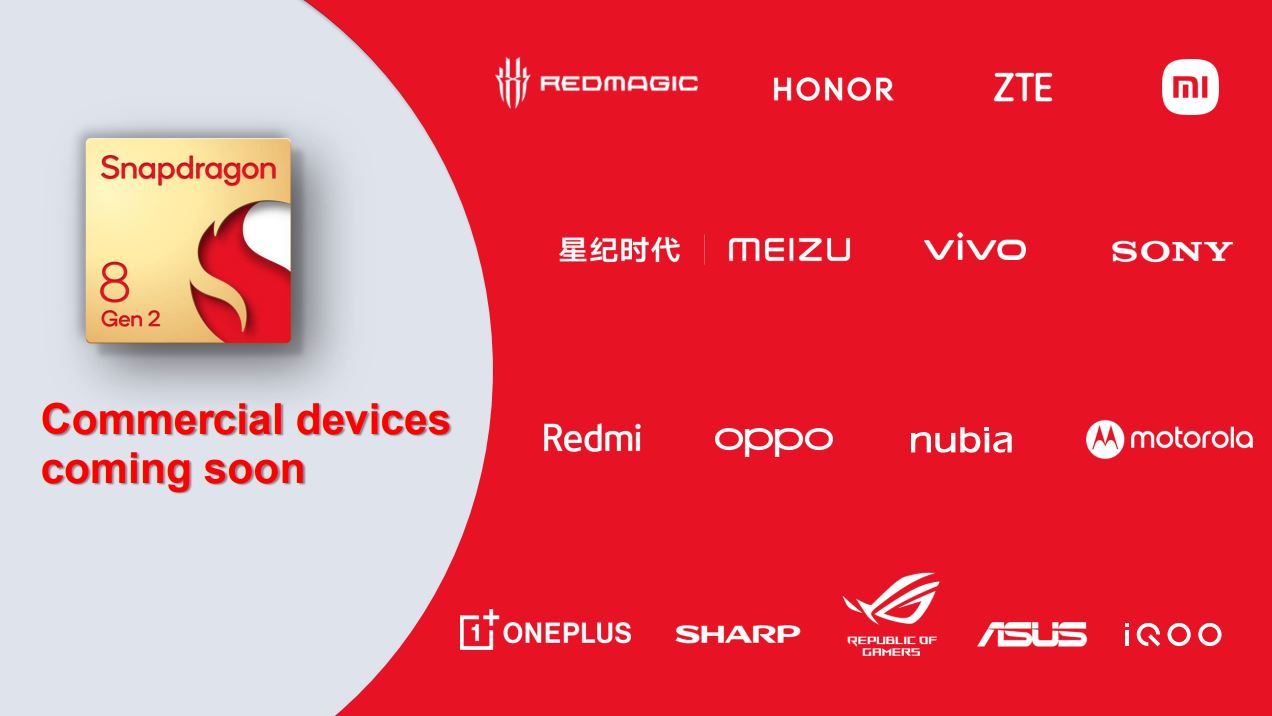
There's a strong chance that the majority of the upcoming phones from the above manufacturer list have the potential to make their way onto our rundown of the best smartphones, so we'll be keeping tabs on them all; with regards to leaks, rumors and announcements.
Here are the smartphones confirmed to be sporting the 8 Gen 2, as well as those predicted to be supporting it.
Oppo Find X6

No mobile brand grabbed more stage time during Qualcomm's opening keynote at the Snapdragon Summit 2022 than Oppo.
Alongside being listed as one of the biggest brands committed to delivering an 8 Gen 2-powered phone, Oppo's Jane Tian – principal manager of graphics products – took to the stage to show off the company's collaborative efforts with Qualcomm on ray tracing in gaming on the 8 Gen 2, twinned with details of the company's open source PhysRay SDK.
Sign up for breaking news, reviews, opinion, top tech deals, and more.
Separately, the company confirmed via press release (and Weibo) that its next Find X flagship will indeed be the one to play host to the 8 Gen 2 first, within its portfolio. Although leaks are thin on the ground, we have already learnt some key specs for what's expected to be the Oppo Find X6 series; including RAM, storage and camera details.
2022's Find X5 line arrived in late February 2022, so we assume the Find X6 series will arrive around the same time frame in 2023.
Xiaomi 13
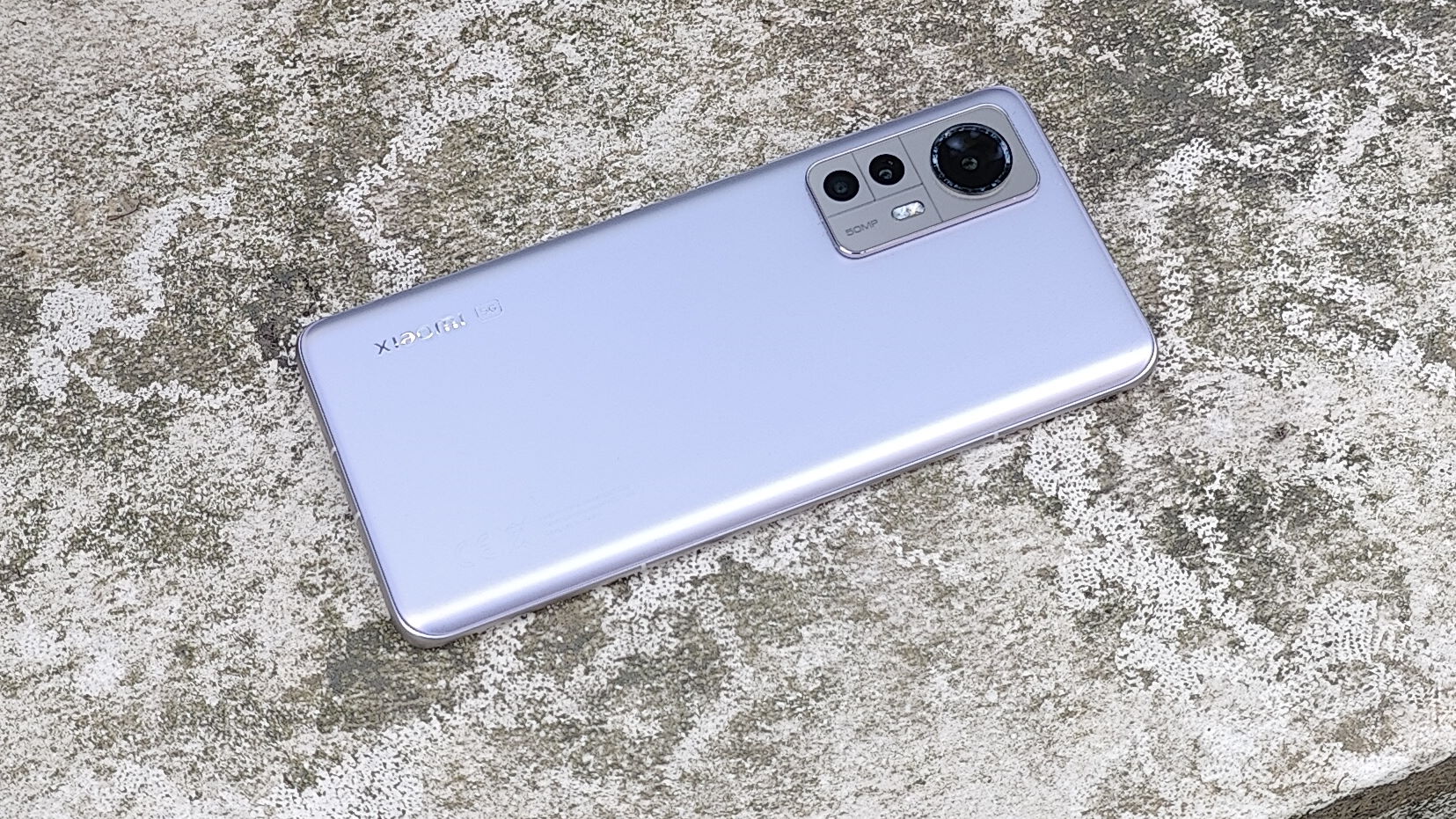
During Qualcomm's opening Snapdragon Summit keynote, Xiaomi's SVP and president of smartphones, Zeng Xuezhong appeared as part of a pre-recorded video, exclaiming his excitement for the 8 Gen 2's 'power and performance.'
This, twinned with a post on the company's Weibo page claiming that 'Xiaomi's new flagship is the first to be equipped with the second-generation Snapdragon 8 mobile platform' (machine translated), the brand's inclusion on that all-important slide of committed companies and its flagship release history, all lead us to believe that the Xiaomi 13 – the assumed name for the company's next flagship phone series – will be next in line to adopt the Snapdragon 8 Gen 2.
Indeed, early leaks have already paired Qualcomm's newest mobile silicon to the expected Xiaomi 12 successor, along with 12GB of RAM on the Pro model and more.
The only other question is, despite the confident wording of its Weibo post, whether Xiaomi will manage beat Motorola to market with its 8 Gen 2 device before we see 2022 out; something it didn't quite manage with the 8 Gen 1, the year before.
Motorola Moto X40

Motorola took the lead with 2021's 8 Gen 1, by being the first to stick it inside the Edge X30 – a China-exclusive variation on what became the Motorola Edge 30 Pro, internationally.
The company's eagerness to remain near the head of the pack persists with the 8 Gen 2, with Motorola's Francois Laflamme speaking to the chipset's strengths in 5G, paired with teaser posts from the official Motorola Weibo account, connecting the 8 Gen 2 to the forthcoming Moto X40.
We're yet to learn of a release date.
OnePlus 11

With Pete Lau representing Oppo and not OnePlus during the opening keynote of the Snapdragon Summit, we once again only have the company's Weibo profile to lean on, where OnePlus issued a post confirming that the OnePlus 11 will be the brand's first device to sport the 8 Gen 2.
Based on the release of the OnePlus 10 Pro, don't expect the OnePlus 11 to arrive until early 2023, with a staggered release starting in China in January, followed by global availability a couple of months later – assuming the 11 follows the same launch format as its predecessor.
Nubia Red Magic 8
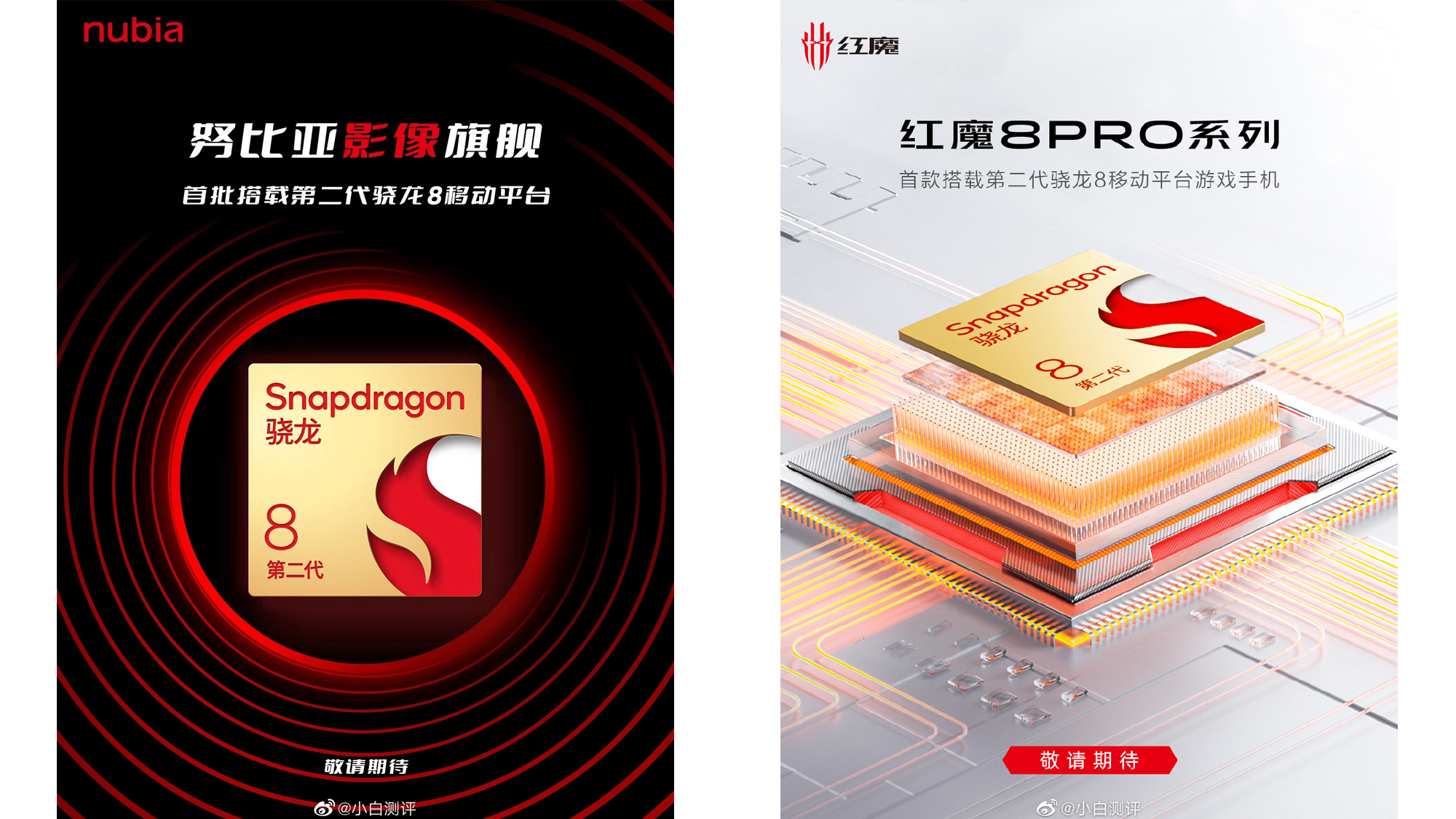
An appearance during the opening Snapdragon Summit keynote by Nubia's EVP, Yu Hang suggests that the next Red Magic flagship (presumably the Red Magic 8) will feature the 8 Gen 2, arriving in February 2023 – if it follows the same release time frame as 2022's Red Magic 7.
A longer video from Hang was also shared to Red Magic's Weibo page, where he spoke about the brand's long-standing relationship with Qualcomm and the balance of performance and thermals that Red Magic phones running on Qualcomm silicon are able to deliver, culminating in his excitement for Red Magic's next device; assumed to be the Red Magic 8.
iQoo 11

Wang Yong, Co-founder and CEO from Vivo's gaming-focused sub-brand iQoo featured during day one of the Snapdragon Summit and, like a lot of other brands in this list, the company also posted to their Weibo profile confirming that the 8 Gen 2 will explicitly feature in their next flagship, the iQoo 11.
The iQoo 9 series launched at the top of 2022 in China, so the iQoo 11 will presumably arrive in January 2023.
Sony Xperia 1 V
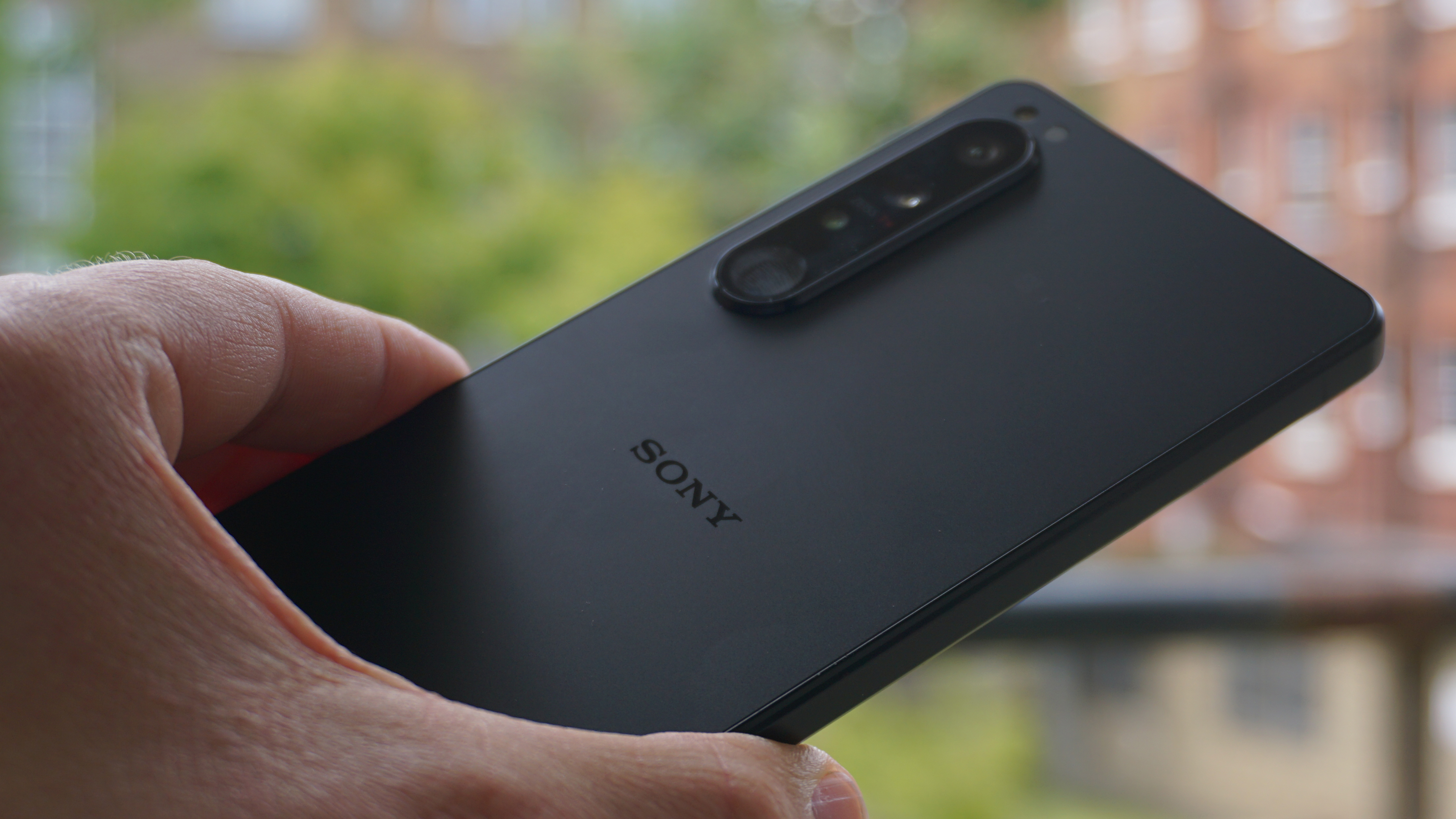
5G has been a prominent part of Sony's flagship phones' marketing since the Xperia 1 II first adopted the technology a few years back, something that Sony then doubled down on with the Xperia Pro – its first mmWave smartphone.
The 8 Gen 2's 'ultra high-speed communications using mmWave' was explicitly called out during the Snapdragon Summit opening keynote by Ryo Ochi, Sony's general manager for product planning on mobile; suggesting the company has already set its sights on offering up a new flagship that capitalizes on the faster connectivity of the 8 Gen 2.
The caveat with the arrival of the next Xperia flagship (assumed to be the Sony Xperia 1 V) is that Sony seems to have a really hard time getting its phones to market, so even if it pulls the wraps off a 1 V in May 2023, it might take several more months for the phone to actually go on sale.
Vivo X90 Pro Plus
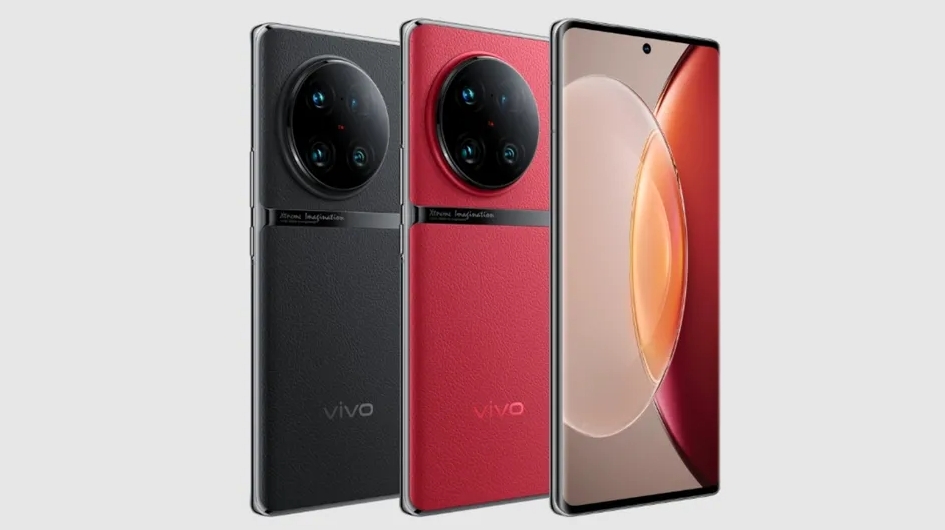
Alongside iQoo, Vivo also had its own representative – SVP and CTO, Shi Yujian – appear on the big screen during day one of the Summit, exclaiming his excitement for the 8 Gen 2's newfound hardware-accelerated ray tracing.
Since then, the company has announced the top-tier Vivo X90 Pro Plus, and it uses the Snapdragon 8 Gen 2 chipset, making it the first smartphone to do so. That said, it's so far only been launched in China.
As for an international release, if the X90 Pro Plus does come to markets further afield, like the Vivo X80 line, don't expect it until around April 2023.
Sharp Aquos R8

Sharp's Shigeru Kobayashi spoke to the 8 Gen 2's potential for 'uncharted entertainment, with photography and videography,' during the Summit's day one keynote, which aligns with the company's impressive 1-inch camera sensor-toting Aquos R series flagship phones.
The Aquos R7 – powered by the Snapdragon 8 Gen 1 – was announced in May 2022 and arrived slightly afterwards, so we suspect the R8 to follow the same rollout in 2023, it may not make it to markets outside of Japan, however.
ZTE Axon 50 Ultra

The presence of Luo Wei, ZTE's general manager for its terminal product center, during the Summit's first keynote – plus a Weibo-shared teaser poster, confirming the 8 Gen 2's presence inside 'ZTE's next flagship' and telling fans to 'stay tuned' – is enough of an indication that we can expect a flagship phone from the Chinese phone maker soon enough.
Should the device – presumably the ZTE Axon 50 Ultra – make it markets beyond China, we expect its earliest arrival to be towards the end of the first half of 2023.
ROG Phone 7
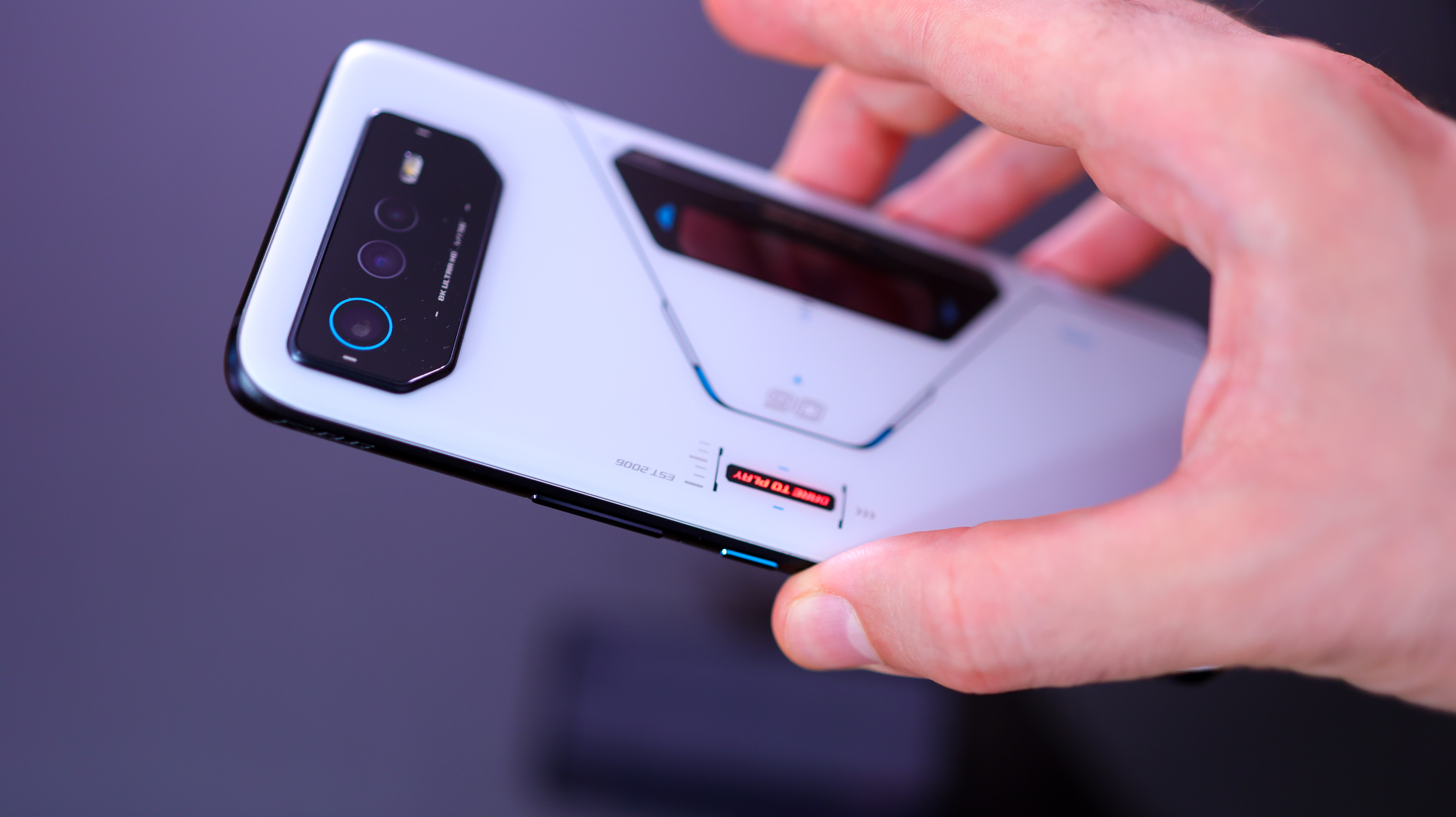
Asus' gaming brand ROG (Republic of Gamers) has made a name for itself by consistently delivering some of the best gaming phones on the market and they're usually powered by Qualcomm's latest and greatest chipset at the time.
2022 was an interesting year for the series, however, with the addition of the ROG Phone 6D showing off MediaTek's Dimensity 9000 Plus, alongside the existing ROG Phone 6, which bore Qualcomm's enhanced Snapdragon 8 Plus Gen 1.
Co-CEO S.Y.Hsu's appearance during the Snapdragon Summit, speaking to the 8 Gen 2's 'ultimate performance' and 'impressive power efficiency' should at least assuage concerns that the brand was turning its back on Snapdragon silicon outright with the 6D.
However, the company's decision to refrain from releasing a phone running on an 8 Gen 1 (instead waiting for the 8 Plus Gen 1) in 2022 does raise the question of whether we'll see an ROG Phone sooner than expected in the new year using Qualcomm's newest top chip. The ROG Phone 7 perhaps?
Other rumored Snapdragon 8 Gen 2 handsets
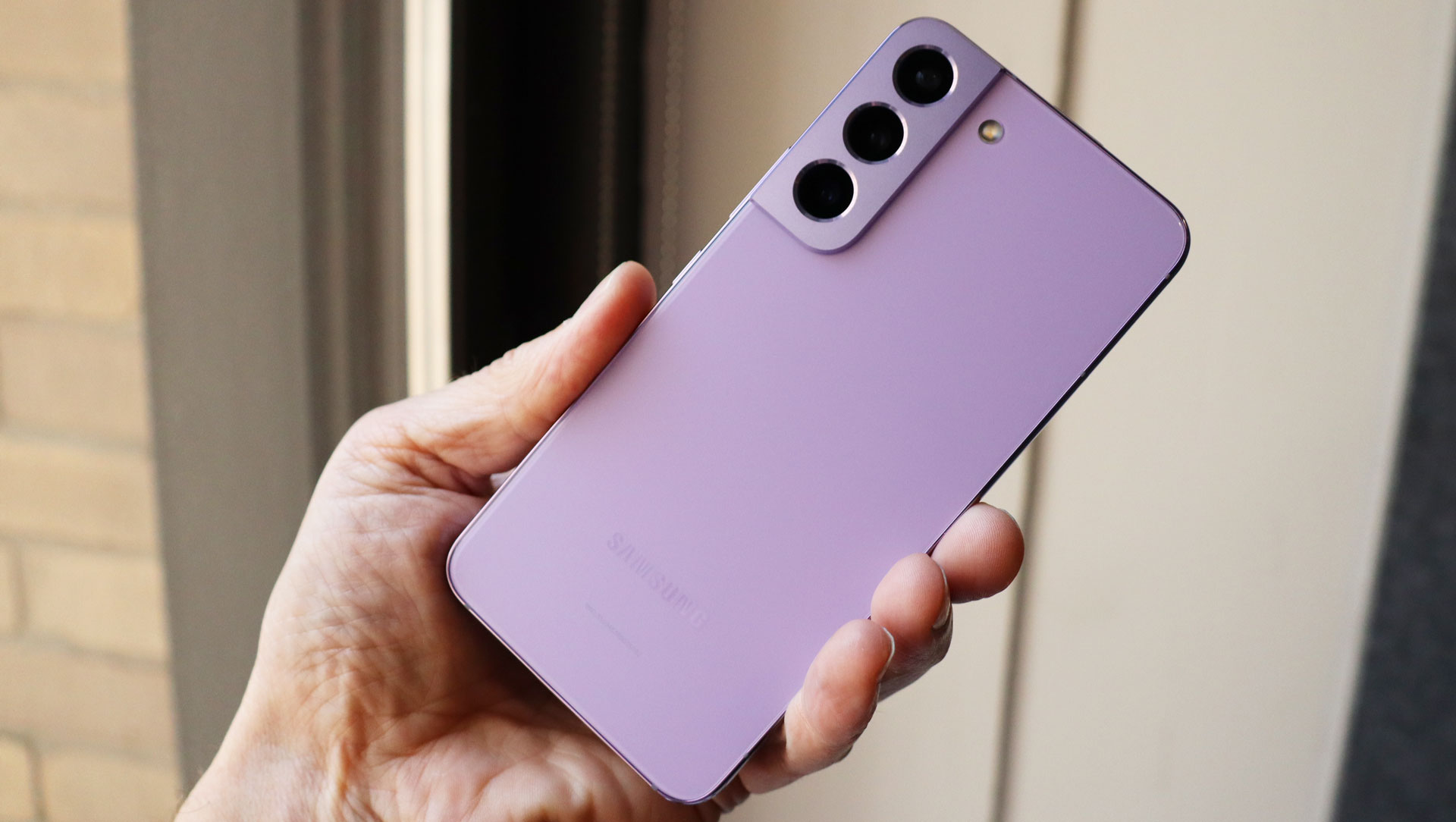
For all the manufacturers who outright committed to building 8 Gen 2-powered devices, there were a handful of companies mentioned elsewhere in presentation or oddly absent from it that we'd expect to have a smartphone running on Qualcomm's new silicon soon enough, that have chosen not to speak out.
Asus' name appeared on stage but we only heard from ROG Phone's co-CEO, meaning a ZenFone 10 could still be on the cards powered by the 8 Gen 2. Similarly, Samsung and Black Shark's names featured during the presentation (specifically tied to the ray tracing section of the 8 Gen 2's reveal), which paired with past behaviour does imply that both the Samsung Galaxy S23 series and Black Shark 6 Pro (potentially alongside fellow rumored Xiaomi device, the Redmi K60 Gaming) will arrive running on the 8 Gen 2.
With gaming ability such a key part of the 8 Gen 2's messaging, it was odd that no mention of a successor to Lenovo's Legion Y90 gaming smartphone was made at the Summit, and that Oppo sister brand Realme remained silent too. Still, both company's are high up on our list of brands we expected will serve up Snapdragon 8 Gen 2-powered flagships before too long.
For the shortlist above, we'll just have to 'watch this space', and in the meantime, check out our rundown of the best Android phones available right now, to get an indication of what sort of act this next crop of devices has to follow.

Alex joined as TechRadar's Senior Phones Editor in June 2022, but brings over a decade's worth of experience to the role, with an expertise in smartphones, tablets and wearables. He's covered keynotes hosted by the biggest brands and attended the launches for some of the most influential mobile products of the last few years. His experience was amassed at some of the most reputable consumer technology publications out there, including GSMArena, TechAdvisor and Trusted Reviews.